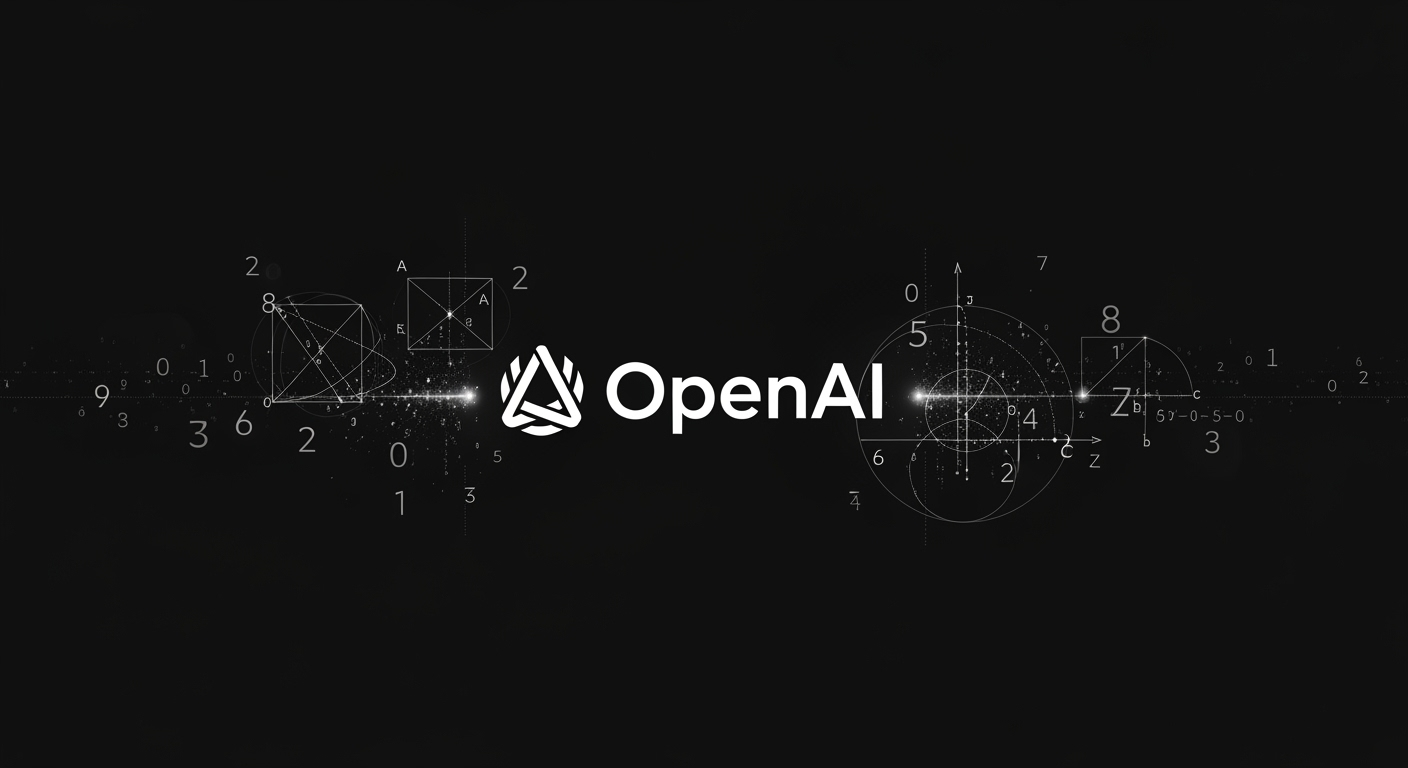Hugging Face Launches Open-Source Reachy Mini Robots: A Playful Step in AI Hardware

Hugging Face Launches Reachy Mini: Open-Source Robots for Creative Minds
AI company Hugging Face has made headlines this week with the debut of its latest product: the Reachy Mini. These desktop robots, powered by Raspberry Pi and designed with playful features like cartoon antennae and large googly eyes, mark a significant move from software to physical AI devices.
What Makes Reachy Mini Unique?
Unlike typical consumer robots, Reachy Mini arrives with minimal out-of-the-box functionality. Instead, its open-source design encourages users—especially developers and tinkerers—to create their own applications and behaviors. This "do-nothing" approach is intentional, inviting creativity and exploration in robotics, much like a blank canvas for AI experimentation.
- Open-source platform: Allows full customization and community-driven development.
- Raspberry Pi-powered: Affordable, accessible hardware for enthusiasts.
- Whimsical design: Its friendly appearance lowers the barrier for entry and sparks curiosity.
Impressive Early Sales
The launch has already proven successful, with $500,000 in sales generated within the first 24 hours. This strong demand highlights a growing interest in programmable, open-source AI devices that prioritize flexibility over ready-made features.
Why It Matters for Businesses and Developers
Hugging Face’s foray into robotics underlines a larger trend: AI companies are moving beyond software to offer hands-on tools for innovation. Reachy Mini could become a favorite among:
- AI and robotics researchers
- Educators introducing students to programming and automation
- Startups and enterprises looking to prototype AI-driven physical products
By focusing on programmability and accessibility, Hugging Face is empowering a new generation of creators to shape how AI interacts with the physical world.
Looking Ahead
As open-source hardware gains momentum, expect more companies to follow Hugging Face’s lead. The Reachy Mini may not do much on its own, but its potential lies in what users will build—from simple interactive demos to advanced automation projects.





